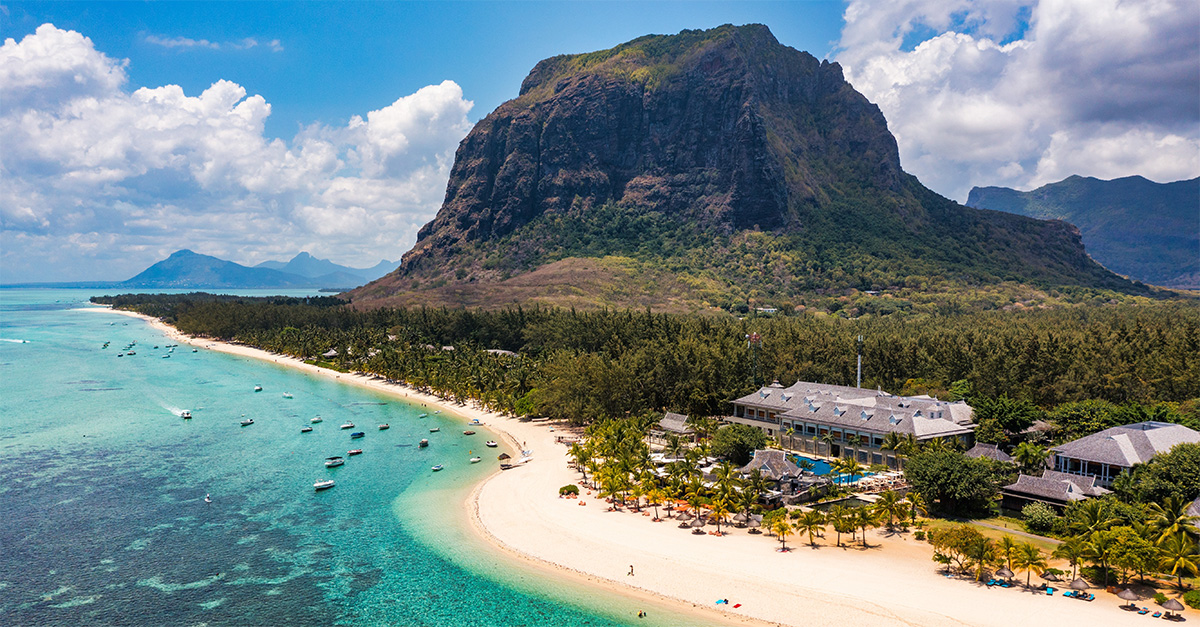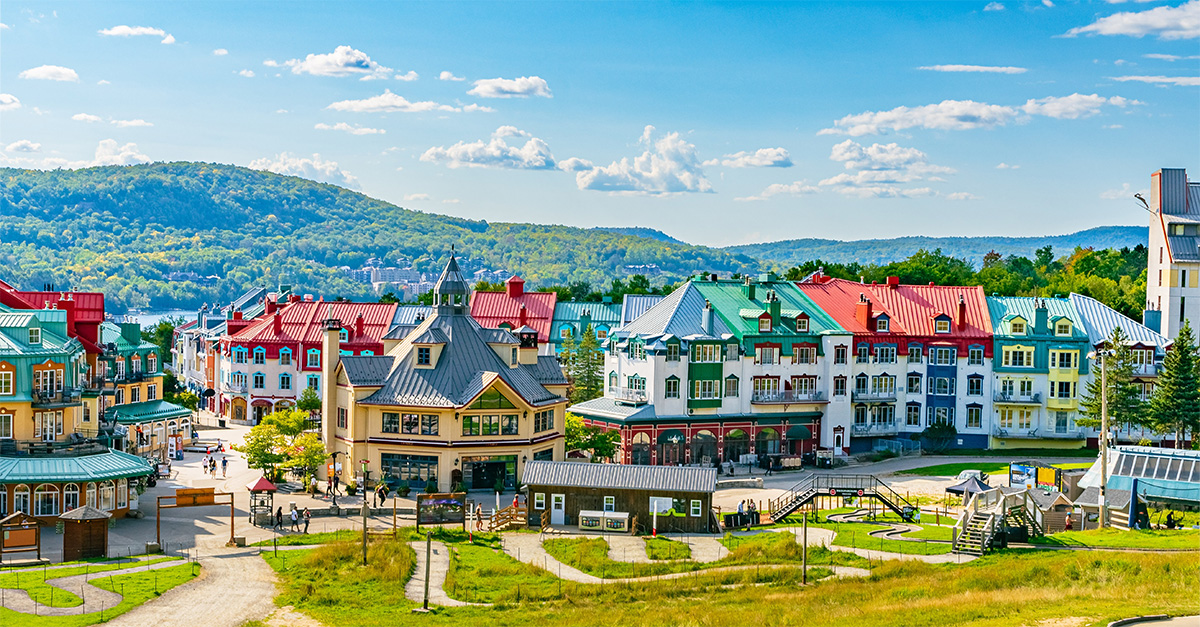With the spotlight firmly focused on up-and-coming non-euro destinations like Turkey and Egypt, it’s easy to forget the huge and enduring popularity of Spain.
Despite operators taking some capacity out of the market, Spain’s Balearic islands remain some of the most popular destinations for the British market. Last year, nearly 3.4 million Brits visited the Balearics, and that level has remained stable over the last decade.
Here’s how the figures broke down:
- Majorca: 2,319,821
- Menorca: 436,284
- Ibiza and Formentera: 617,167
Tour operators and hoteliers alike are trying to make sure tourists aren’t hit too hard by the strength of the euro. Classic Collection head of product development and purchasing Gary Boyer says that hoteliers are dropping prices.
“There are fabulous special offers, and customers can expect the same next year. It’s not just the hotels, restaurants also know they can’t expect Brits to pay too highly, so visitors will find plenty of meal deals.”
Thomson senior product manager Peter Gue explains that the trend towards all-inclusive is being followed in the Balearics. “The euro is a big issue for all tour operators. There are still lots of self-catering apartments in the Balearics, but this year there are more all-inclusive options.”
Majorca
Package tourism on the largest of the Balearics started in 1952 and Brits have been flocking there ever since. “Majorca is the most versatile destinations I can think of, in terms of the different types of resort. There’s a constant investment, which keeps standards high,” says Gue.
It’s a year-round destination with something for families, older couples, the young and lively, as well as the luxury end of the market. The classic beach break is still available; Alcudia is very family focused, and Magaluf and Palma Nova are great for younger, more boisterous groups.
The city of Palma has developed into a lovely city break location, with its sun-warmed sandstone offering a contrast to the dramatic gothic architecture. Visitors can lose themselves wandering around the historic city centre, indulge in a spot of shopping, then retreat to a bar for a cocktail or some tapas as the sun sets over the bay.
The Tramuntana mountain range that runs up Majorca’s backbone provides great terrain for walkers and cyclists in the cooler shoulder season, and a quiet rural retreat in summer. On the east coast the Arta Caves are a network of fascinating caverns nearly 50 metres above the sea.
The island has 19 golf courses and a wealth of spa product, with a well established tradition of luxury hotels. The first deluxe hotel, the Gran Hotel in Palma, opened in 1903, and is now a cultural centre.
Menorca
Majorca’s quieter little sister has its own distinctive charm – not least its beaches, which number more than Majorca’s and Ibiza’s put together.
Perhaps surprisingly, considering an annual average of 2,712 hours of sunshine, the island is very green, with beautiful rolling fields. Menorca was designated a UNESCO biosphere reserve in 1993, with the S’Albufera d’es Grau national park, a bird-filled wetland, at its heart.
There’s plenty for history buffs too, with the oldest preserved building in Europe, the Naveta des Tudons, among other archaeological treasures.
The current capital, Mao, which has a large harbour popular with cruise ships, and the former capital, the small and picturesque Ciutadella, are both worth a visit for a spot of sightseeing and to indulge in the cafe culture.
Easy-going and laid back, the island’s resorts tend to be low-rise, and the family market is particularly strong. However, it also has much to offer couples and groups looking for a more peaceful break. Boyer says, “You won’t find big hotels on Menorca. Everything has a real Spanish feel. It’s great for chilling out.”
Ibiza
The island’s reputation as superclub central isn’t unearned; it’s still one of the best places for those who want to dance all night. The south, particularly San Antonio, is the place to send those who yearn for the hedonistic party scene. Most of the large clubs are in San Antonio or Ibiza Town, or on the road that connects the two.
However, as many tourists are discovering, there’s much more to Ibiza. Hippy communities flocked here in the 1960s, and there are still hippy markets and a general anything-goes, tolerant, tie-dyed sort of atmosphere.
Ibiza Town, though it has its fair share of party potential, is an absolutely stunning walled city, with winding streets inside the sun-kissed fortress walls and a glitzy marina, where millionaire’s yachts moor up. It’s a wonderful place to wander, or visit a museum or gallery, before hitting the restaurants and bars.
There are plenty of family-friendly areas, particularly Playa d’en Bossa, which has large family hotels and a theme park called Fiestaland.
The north of the island is much quieter, full of forested hills and secluded bays. There are plenty of accommodation options, or it’s easy to explore with a hire car from a busier resort.
For pretty beaches head to Benirras or Cala Xuclar, or turn inland and visit historic hamlets like Balafia, where you can see the beautifully simple white-walled Ibizan houses and churches that inspired architects like Le Corbusier. Luxury is a developing market in Ibiza, with a rash of chic, high-end hotels.
Formentera
The kind of expansive white beaches and warm, clean, azure sea you might expect from the Caribbean can be found much closer to home on Formentera.
This small, tranquil island is just south of Ibiza, which visitors need to fly into before taking a boat across. It is more popular with Italians than Brits, probably because the former are picky about warm water temperatures – and anything cosier than the North Sea seems a luxury to us.
Formentera is a place to escape to – there aren’t many inhabitants and it’s easy to get around by bike. It’s great for those who want to do nothing in its quiet resorts, but also for those who like to explore unspoilt landscapes. The latter can visit La Mola, to see the dramatic cliff face and lighthouse, see ancient megalithic villages in the Barbaria area, or take a boat trip to Espalmador for a mud bath in the lagoon.
Sample product
Classic Collection Holidays offers seven nights’ bed and breakfast at the five-star Hotel Aguas de Ibiza Lifestyle and Spa in Santa Eulalia from £1,343 per person twin-share this July, including flights. (classic-collection.co.uk, 0800 008 7288)
Airtours offers seven nights’ self-catering at the three-star Sa Mirada in Arenal d’en Castell, Menorca from £199 based on five sharing, departing September 25. (thomascookworld.com, 0871 230 2403)
As part of its Freestyle Collection, Thomson is offering a seven-night break in Majorca at the three-star Sotavento Apartments in Magaluf on a self-catering basis. Prices start from £370 per person twin-share, departing on July 21 from Gatwick including transfers. Discounts are available for groups of more than 10 people. (thomson.co.uk, 0871 231 5595)
First Choice offers seven-night self-catering holidays at the four-star Viva Menorca Apartments in Menorca from £409 per adult, from £184 for the first child and from £194 for the second, based on two adults and two children sharing. Flights depart from Gatwick on July 15. (firstchoice.co.uk/menorca, 0871 664 9012)




